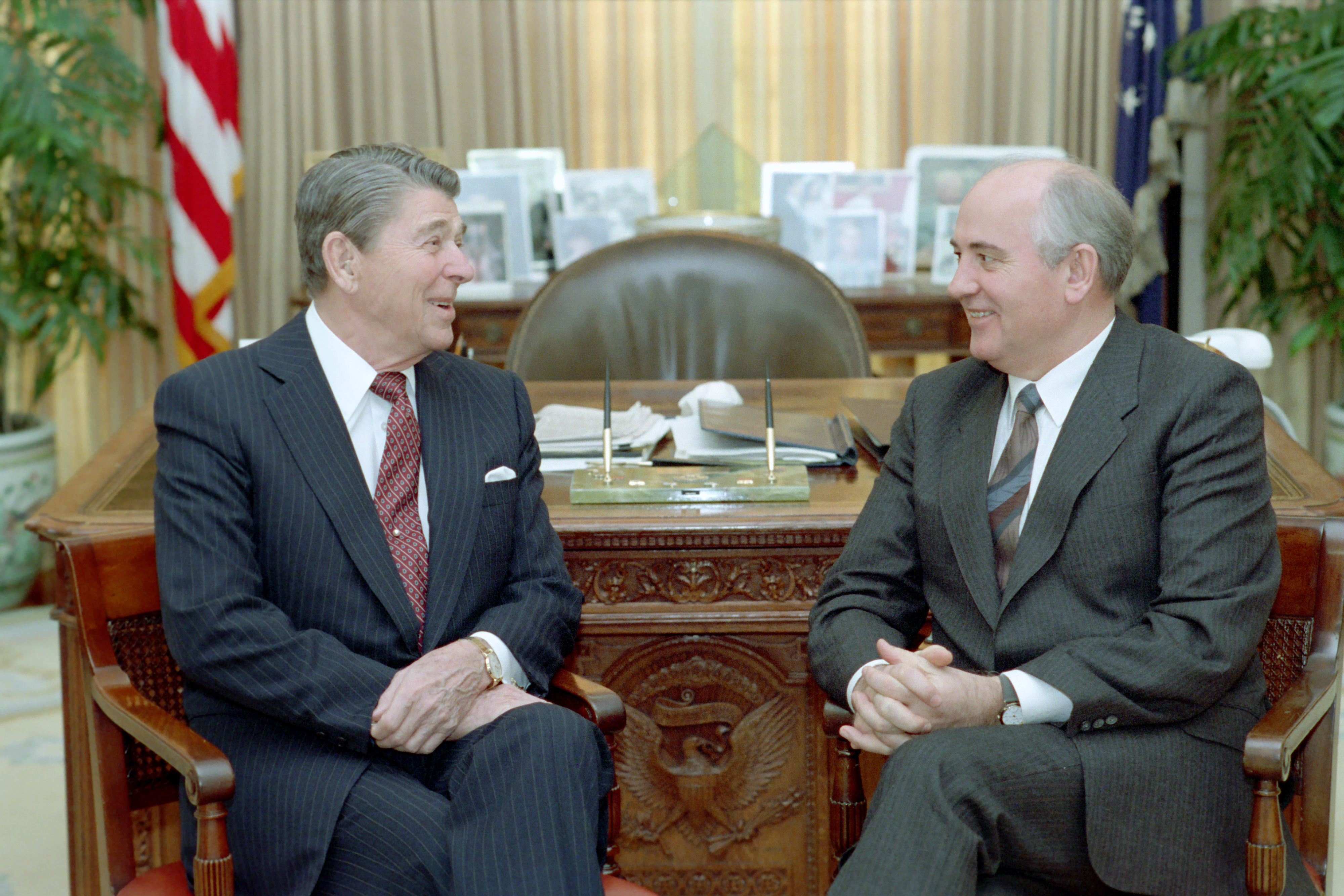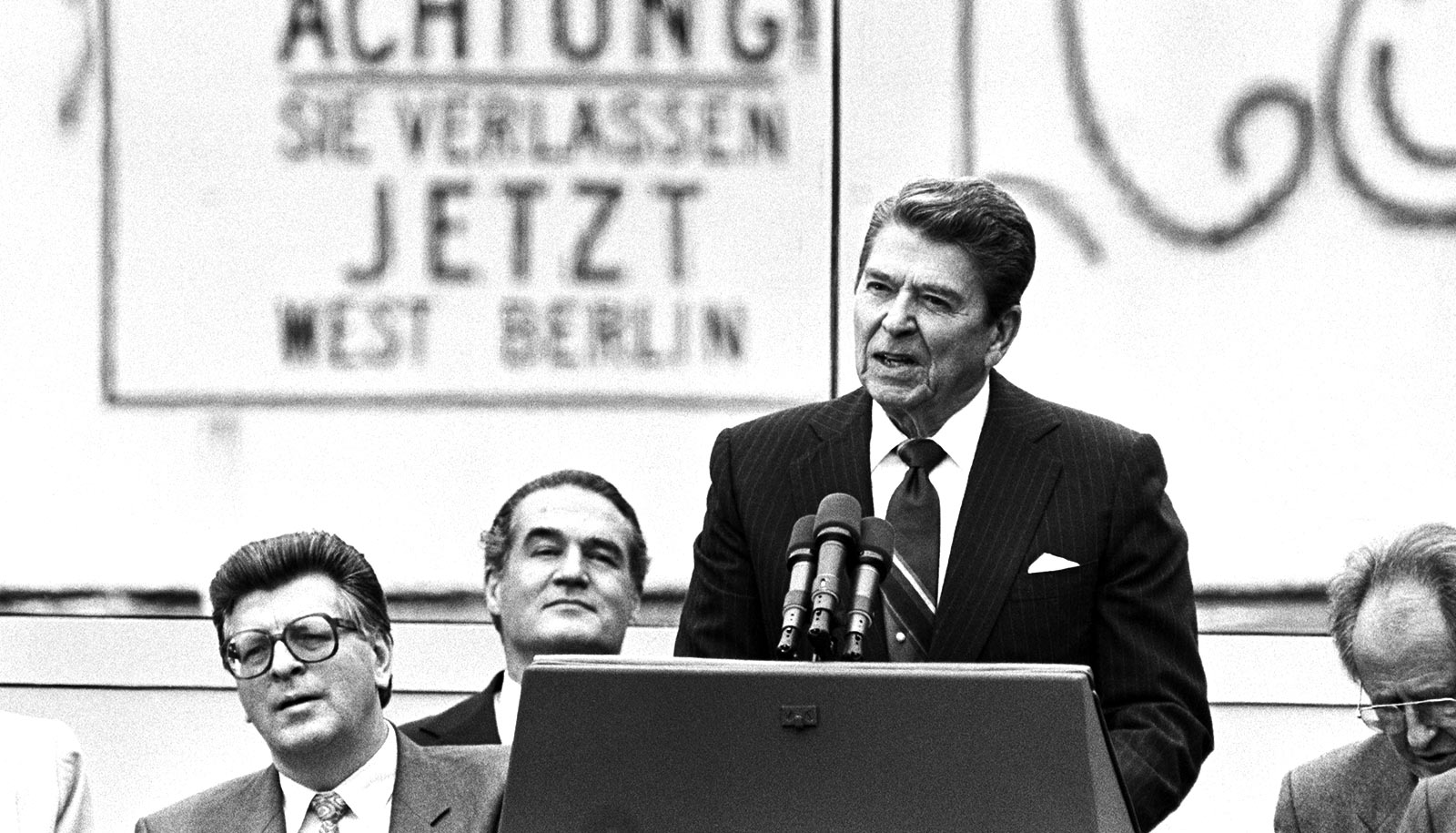Although the Washington Summit is not commonly talked about, it had a very big impact on America. The summit resulted in the INF Treaty, which prevented a possible nuclear war between the Soviet Union and the United States. After the summit, the two countries were closer than they have been in almost fifty years, and both shared a mutual declaration of success. In 1989, the US and the Soviet Union declared that the Cold War, which had caused decades of fear and unease, had come to an end. This was great news to Americans, because the ending of the Cold War meant no more bomb raid drills. Bomb raid drills were drills practiced by students during the Cold War. Students were trained to crouch under their desks and put their hands on their heads. This drill was practiced in case there was an atomic attack nearby. Finally, the government could lower spending on efforts to fight a world superpower in a confrontation that never ended up happening. After the Washington Summit, the hands of the ¨doomsday clock¨ will be set back to a date decided in the next issue of the Bulletin of Atomic Scientists

